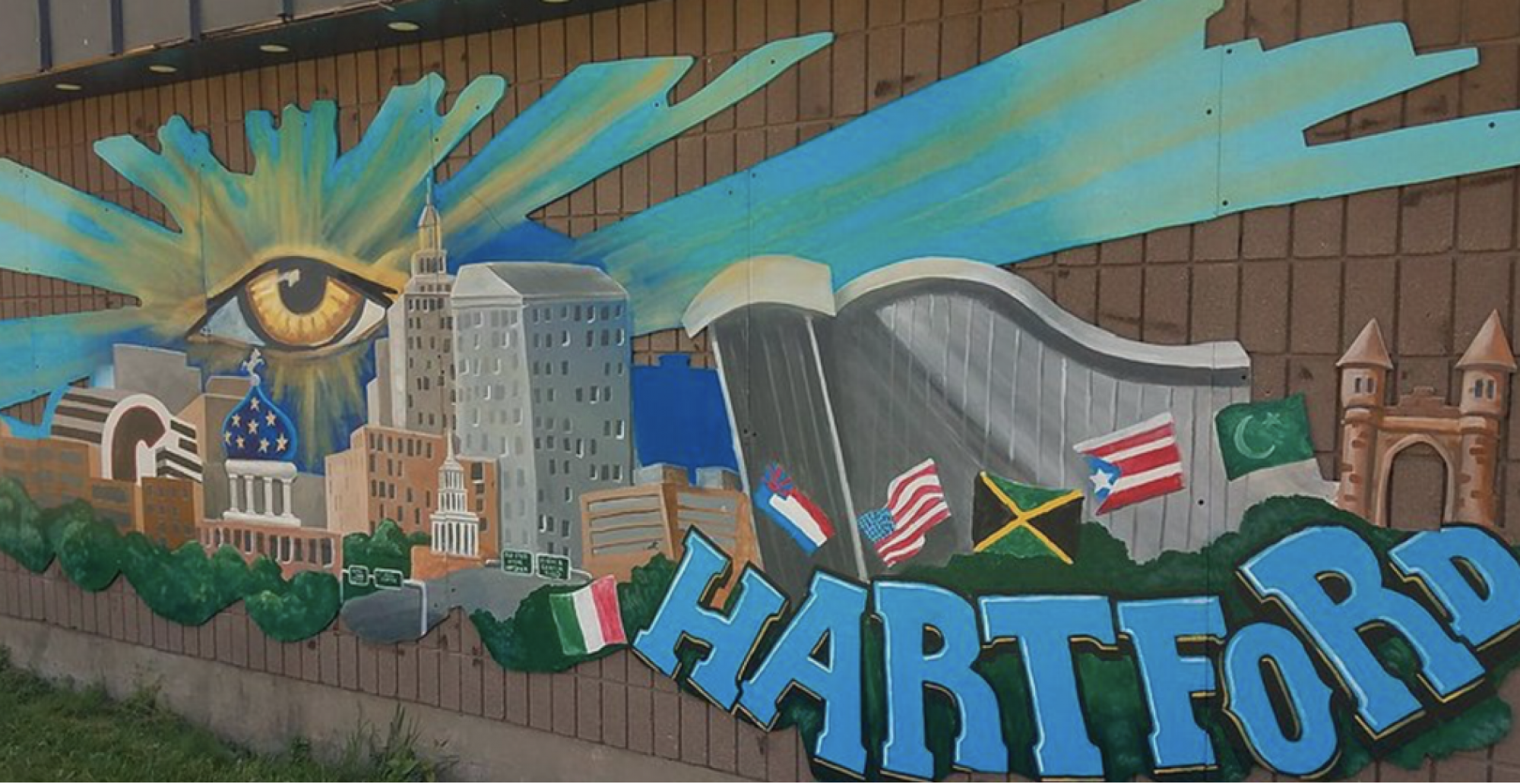Methods:
To answer our research questions, we conducted a qualitative research study which included 17 interviews with artists and organizations in the Hartford area that are associated with the LatinX Community. We also surveyed 85 Hartford residents who have self identified as Latino/a, Hispanic, or LatinX regarding their interests. The list for interviews was compiled using a snowball sample method. We started by combining online research with contacts we obtained by networking with mentors who are active community members. Then, as we interviewed people we asked for further suggestions of organizations and artists to contact.
Interviews:
Our snowball sample method resulted in a list of 40 different individual artists and organizations within the Hartford Community. Of these, 23 organizations serve the LatinX community as either civic or artistic institutions, and 8 are independent community artists. In addition, we included 9 more institution contacts that we reached out to in order to network and find lesser known community organizations and artists. While we had a considerable sample of people we reached out to, there were still 23 organizations and artists that we could not successfully reach given the time we had to complete this project. Our goal for the interview process was to try and understand what LatinX organizations exist and what is their role within the community. We brought the idea of partnership to them and explored future plans as well as their organizational needs. This has provided us with qualitative information that has proven to support our research. You can find our interview protocol here.
Surveys:
In addition to interviewing artists and program representatives, we also conducted in-person surveys in the following locations in Hartford:
-
-
-
- Park Street,
- Pope Park
- Capital Community College
- CTown Grocery Store
-
-
We also found a location in Middletown Connecticut through a local connection and then obtained permission to survey workers at a warehouse who were Hartford County residents. At these different locations, we successfully obtained a total of 85 surveys.
Our goal for the survey collection process was to better understand the interests of the LatinX community in terms of where they like to spend their free time. The survey data has further supported our research by providing us with information regarding the larger LatinX population. You can find a copy of our survey here.
